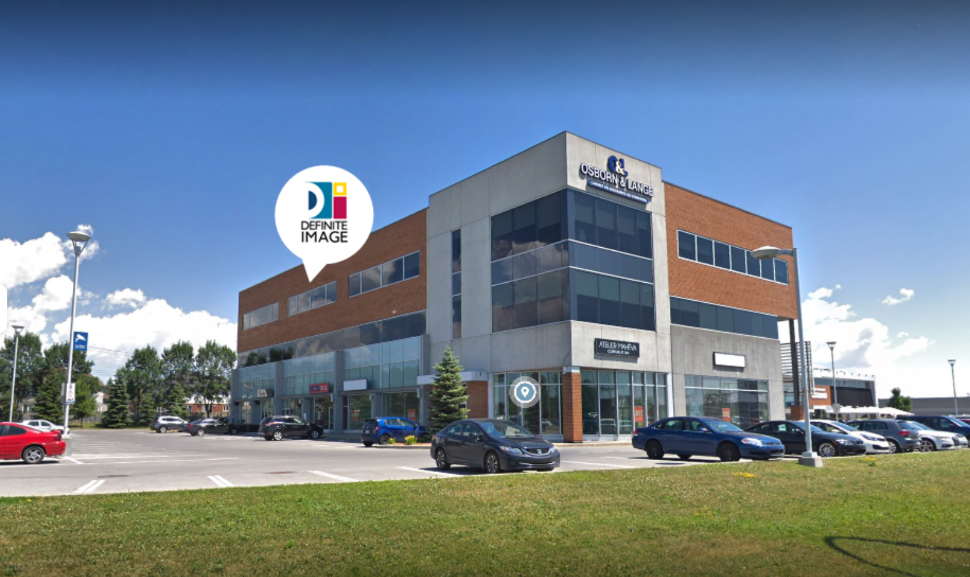Designing a website for online magazines and publishing houses involves creating a platform that not only showcases content effectively but also provides a pleasant and user-friendly experience for readers. Here are some key aspects to consider when seeking web design services for online magazines:
1. **Responsive Design:** Ensure that the website is responsive, meaning it adapts to various screen sizes, including desktops, tablets, and smartphones. This is crucial for providing a seamless reading experience across different devices.
2. **Content Management System (CMS):** Choose a CMS that allows easy management and publishing of content. WordPress is a popular choice for its user-friendly interface and extensive plugin support.
3. **User-Friendly Navigation:** Design an intuitive navigation structure that allows readers to easily explore different sections of the magazine, find articles, and navigate between issues.
4. **Visual Appeal:** Use visually appealing layouts, high-quality images, and typography that aligns with the magazine’s brand. A well-designed website can enhance the credibility and professionalism of the publication.
5. **Integration of Multimedia:** If your magazine includes multimedia content such as videos, podcasts, or interactive features, ensure that the website can support and display these elements effectively.
6. **Subscription and Membership Features:** Implement subscription and membership features if your magazine offers premium content. This may involve integrating payment gateways and user account management.
7. **Social Media Integration:** Allow readers to easily share articles on social media platforms, and integrate social media feeds to keep the audience engaged.
8. **Search Engine Optimization (SEO):** Optimize the website for search engines to improve visibility and attract more readers. This involves using relevant keywords, creating SEO-friendly URLs, and optimizing meta tags.
9. **Performance Optimization:** Ensure that the website loads quickly to provide a smooth user experience. This involves optimizing images, utilizing caching mechanisms, and minimizing unnecessary scripts.
10. **Security:** Implement security measures to protect user data and the website from potential threats. Regularly update the CMS and plugins to patch any security vulnerabilities.


